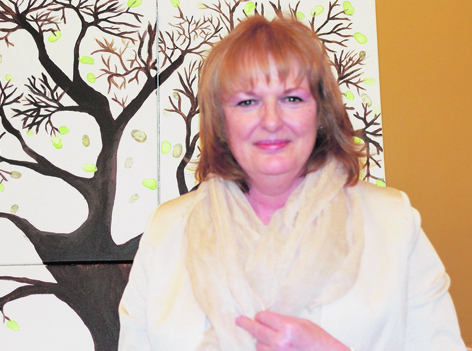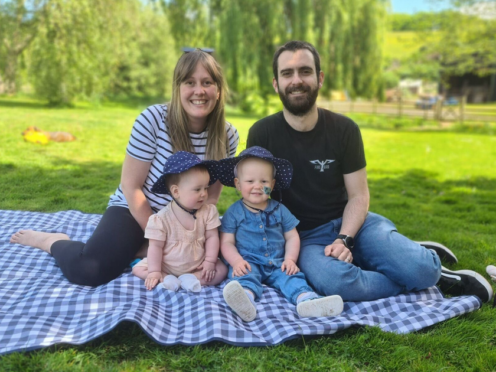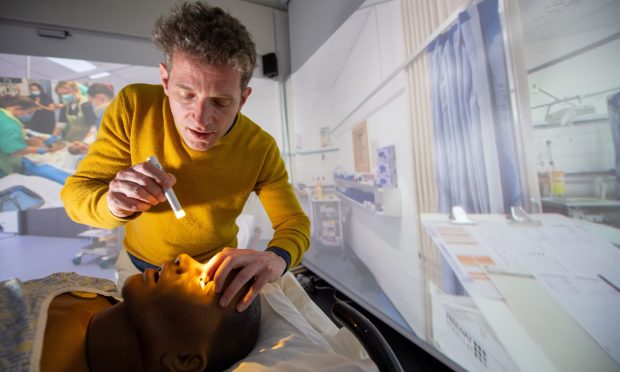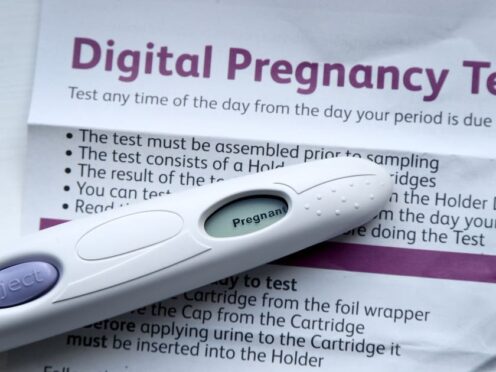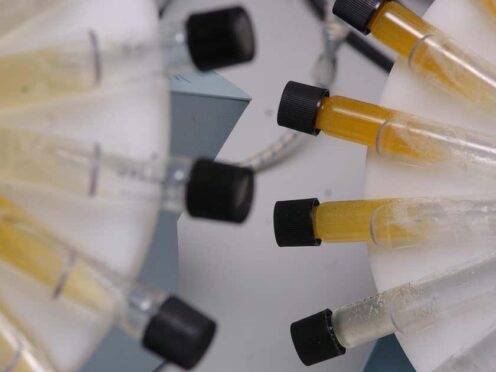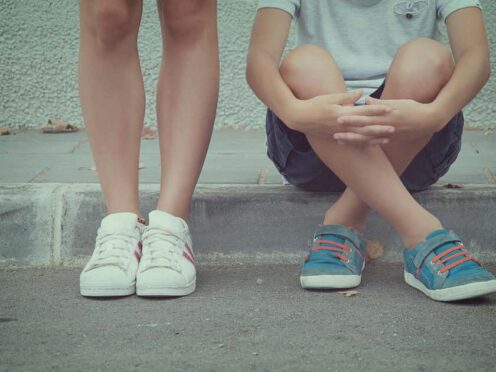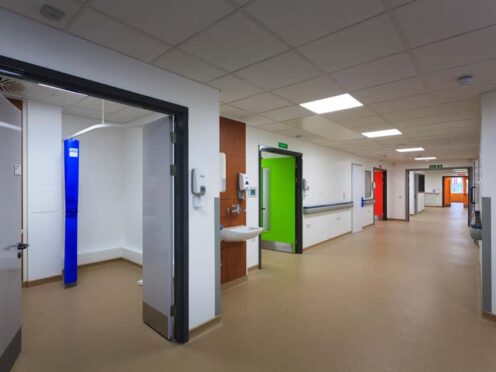Carol Longden always knew that as an infant she had spent time in foster care but she still had lots of questions about it.
She didn’t know why she was taken into care or what had happened to her mother prior to her birth. So in 2000, she took a trip to Barnardo’s headquarters to find the answers she was looking for.
Accompanied by her husband, Carol travelled to Essex to pick up her file and find out about her past through the charity’s Making Connections programme. It was here that she discovered the full extent of the trauma her late mother, Georgina, went through, and the part the charity – which celebrates its 150th anniversary this year – played in bringing them back together.
Carol’s mum was born in 1926 and lived on the Black Isle, at Knockbain, Munlochy, in the Highlands. She left when she was 17 and spent four years in the Women’s Air Force based in Buckinghamshire. This move led to a tragic event that would shape the rest of her life and that of her little girl’s.
When Georgina was living in Buckinghamshire, she was attacked, beaten, raped and left for dead at the side of the road. The rape led to an unwanted pregnancy that had to be aborted, and that, along with the attack, led to years of emotional and mental health illness and episodes that were never addressed. She was medically discharged from the WAF at 23 and returned to the Highlands.
In later years she met a man and fell pregnant with her second child but was soon left to look after her on her own. It was due to these circumstances that Carol was taken into care by Barnardo’s to be fostered.
Carol was with Barnardo’s for around two years as an infant. As far as she knew, her mother was unmarried, worked full-time, had mental health issues (although undiagnosed at the time), and unbeknown to Carol, lived with the memory and experience of a severe and traumatic event.
Although Georgina’s family knew about the attack, the loss, and the trauma she experienced, she was never offered or received any counselling.
“I didn’t know anything about the full extent of the trauma she had been through until I got my file,” said Carol, now 59 and living in Strathpeffer.
“The information in my file gave me a greater understanding of my mum and why I was with Barnardo’s. It was because she couldn’t cope. She contacted Barnardo’s herself as a single mum, to let them know she couldn’t cope looking after a baby, although it took some time before the charity intervened in the 1960s.”
The charity monitored Carol’s mum’s progress, but over a number of months she consistently said she wasn’t coping and eventually they intervened to support her.
“Barnardo’s wanted to make sure that it was the right thing for me to go into care – and that it was the right thing for my mum.”
Along with the file, Carol was given two photographs of an 18-month-old baby, which turned out to be her. It was the first time she had seen any photos of herself as a baby.

“Growing up I knew my mum was always ‘different’, but the file explained what her issues were all about – the attack and everything that followed was never addressed. The trauma related to this explained her bouts of manic depression, and her later diagnosis of bipolar disorder.”
Initially Barnardo’s tried to place Carol with a member of her family and someone from the charity travelled to Scotland to speak to her grandmother.
But Carol’s mum was a single mother with mental health issues, her father had a bad history, and as far as the grandmother was concerned, Georgina and Carol were a taboo subject.
“She didn’t want anyone to know I existed. She told Barnardo’s not to approach any of my aunties or uncles,” said Carol, who now has two children of her own. “There wasn’t a lot of compassion for single mums – that’s just the way it was back then.”
It’s not clear from the file but Carol said she “may too have had issues”, but regardless of this, the charity kept trying to place her with a family – and eventually they succeeded.
All of the details of the family she was fostered with, along with their address and notes about how she was developing, were included in the material she received.
Carol said: “The file was full of nice notes – you can see from it that Barnardo’s did their very best for me. It was good to read about my development, the family sounded very supportive of me – the notes explained that my hair was “looking better” and that I was putting on weight.
“I had bronchitis when I was placed in care, a bit poorly; it was so nice to read that someone took the time to write notes about me, about how I was keeping, even details like I wasn’t christened.
“There was also a list of items I had, eleven dresses and three coats. I’ve never had that ever, so I was obviously well-dressed. It also listed how much money my mum paid to Barnardo’s towards my keep – even though I wasn’t living with my mum, she still contributed in some way.”
There are certain things Carol remembers about her foster home, like the doll’s house in the photograph she now has, and a parquet floor. “I can remember the foster carers and the house,” she said.
“Like anything else with a child, if anything traumatic happens it tends to stay with you. I have no bad memories of my foster care which is good.”
Eventually, with the help of Barnardo’s, Carol was able to return to her mother after two years in care.
She said: “The file from Barnardo’s has explained so much about my mother’s traumatic experience and coping with life. I now have a better understanding of her and how that relates to what we went through. I have a lot of love for her – she went through a lot.
“She was very brave and courageous and fought to get me back.
“I’m grateful to Barnardo’s that they were there for my mum to turn to. They gave a single mum the support she needed to get through a difficult stage in our lives, and enabled me to stay with my mum.
“And so many years later they have helped me put the missing bits of my life together and have given me a better understanding of my mum.”
For more information about how the charity can help you – or how you can get involved with them – visit www.barnardos.org.uk/scotland
